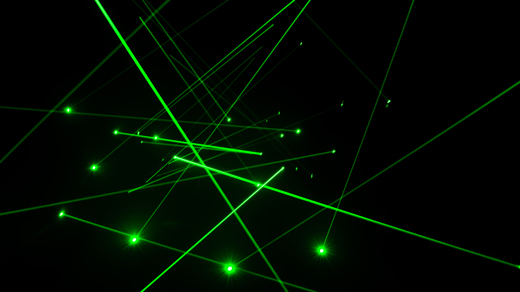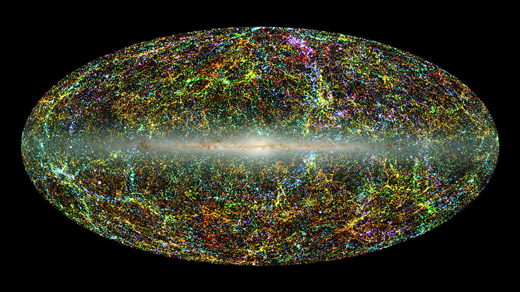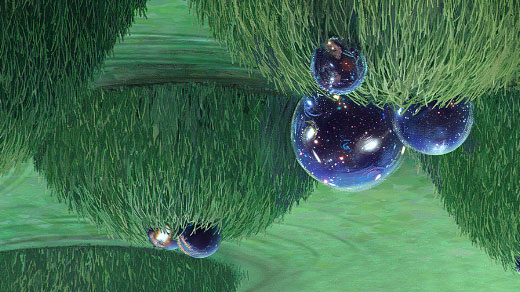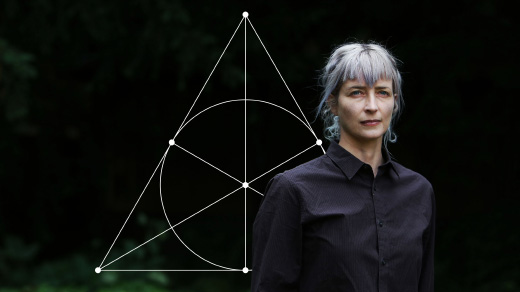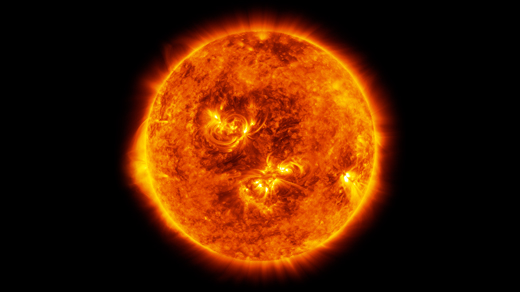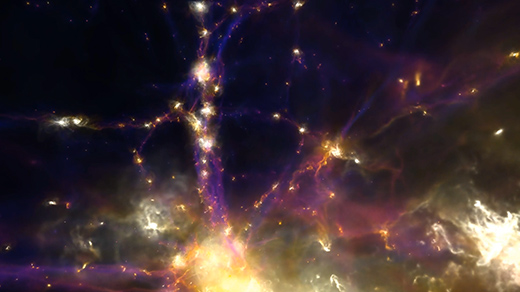Latest Articles
Famous Experiment Dooms Alternative to Quantum Weirdness
Oil droplets guided by “pilot waves” have failed to reproduce the results of the quantum double-slit experiment, crushing a century-old dream that there exists a single, concrete reality.
Laser Physicists, Including Third Woman Ever, Win Physics Nobel
Three researchers shared the Nobel Prize in Physics for advances in laser physics. The winners include a woman for the first time in 55 years.
A New Test for the Leading Big Bang Theory
Cosmologists have predicted the existence of an oscillating signal that could distinguish between cosmic inflation and alternative theories of the universe’s birth.
The New Science of Seeing Around Corners
Computer vision researchers have uncovered a world of visual signals hiding in our midst, including subtle motions that betray what’s being said and faint images of what’s around a corner.
Dark Energy May Be Incompatible With String Theory
A controversial new paper argues that universes with dark energy profiles like ours do not exist in the “landscape” of universes allowed by string theory.
The Peculiar Math That Could Underlie the Laws of Nature
New findings are fueling an old suspicion that fundamental particles and forces spring from strange eight-part numbers called “octonions.”
What Is the Sun Made Of and When Will It Die?
If and when physicists are able to pin down the metal content of the sun, that number could upend much of what we thought we knew about the evolution and life span of stars.
The Universe Is Not a Simulation, but We Can Now Simulate It
Computer simulations have become so accurate that cosmologists can now use them to study dark matter, supermassive black holes and other mysteries of the real evolving cosmos.
Victoria Meadows’ Earthly Visions of Alien Life
A living, breathing garden in Seattle serves as the perfect backdrop to an astrobiologist’s search for life on faraway planets.


